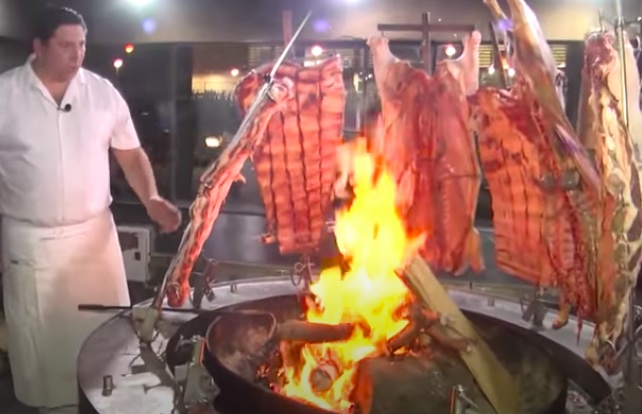The Asado is the quintessential beef cut in Argentina and Uruguay and is also the word used for a barbecue meeting.
The asado beef cut can be presented in different sizes and shapes, depending on the butcher’s tradition. The full asado cut is made by the thirteen pairs of ribs of the carcass, from the spine at the top to the breast bone at the bottom. The front first eight ribs are made of solid bones, while the five pairs of ribs in the back are cartilaginous.
Asado Argentina
As discussed in this section’s home, Asado is a sacred word in Argentina. Asado in Argentina refers to both the beef cut, the delicious ribs of the plate or “costillar”, and the social event of gathering friends and and family nearby a wood fired or charcoal parrilla (grill). The asado in Argentina was traditionally cut…
Asado Steakhouse
Asado Steakhouse is another very popular name for an Argentinian Steakhouse in the US and anywhere in the world. In this post we mention the Asado Steakhouse in East London and the renown Asado Steakhouse at Tacoma, near Seattle in the US. Asado Steakhouse Tacoma – Washington, USA Asado Steakhouse at Tacoma, near Seattle offers…
Asado Steakhouse London – UK
Asado Steakhouse at East London Asado Steakhouse in London serves only imported Angus Beef cuts from Argentina. The grill masters have worked with Argentine chef Fernando Trocca as well as local celebrity chef Gordon Ramsay. Asado Steakhouse London Menu and Prices Asado Steakhouse menu include many beef cuts, including one tira de asado ancha. They…
Asado meat
The asado meat is far from being the most tender and lean beef cut, and because of that it is one of the cuts that are rarely exported out Argentina. The proper grilling of the asado meat requires patience, giving the heat from the charcoal or firewood enough time to deal with the fat, and making the bone transmit flavor to the surrounding flesh.
The asado, together with vacío and matambre, grouped under the name of parrilleros cuts, are mostly consumed locally. The combination of bone and fat with firm pulp make asado the favorite cut of Argentinian consumers and grillers, but it is a cut that is not properly valued abroad, especially in high value markets like Europe that favors less fatty beef and boneless cuts.
Below we will review the different ways the asado is cut, the best ways to grill asado and the places to find this beef cut and its price.
Costillar de asado
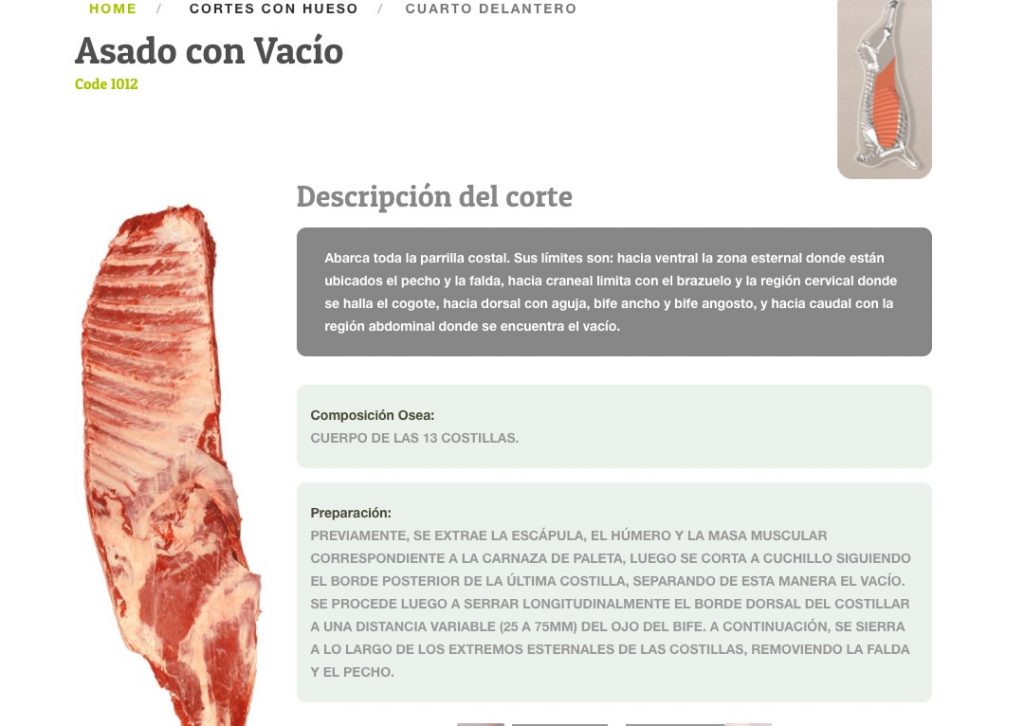
The whole asado cut, with the thirteen ribs of the costillar (rack) and the attached vacío cut at the lower part is listed under the 1012 number in the official Argentine beef nomenclator.
However, the full costillar is now only grilled at special events, like social meetings and parties due to its huge size. A costillar of ribs can weight over 10 kilos or 22 pounds considering the relatively small sized animals that are more frequently butchered in Argentina. The rule of thumb calculation for asados in Argentina indicates an adult is expected to eat about 0.5 kg, or 1.1 Lb of beef per sitting, so a full costillar might require at least a 20 people gathering.
The asado plate is officially cut (cuts 1012A and 1012B) to 13 or 10 ribs, separating the vacío. These cuts are also knows as a full costillar, they are large chunks of beef, so used for special events only, an almost exclusively outside Buenos Aires and big cities, this is a typical deep Argentina celebration. Costillar can be grilled in events like birthday parties, weddings or baptisms, fund raising events and corporate celebrations (livestock market and other companies inside the agricultural sector). It is also very common for people in the interior of Argentina to bet an “asado”, the loser would bear the cost of a group meeting around barbecue on sports results, mainly football (soccer), rugby or motorsports. Motorsport in Argentina is firmly linked to asado, especially the Turismo Carretera “TC” Championship, the oldest motorsport championship in world that is still running. Crowds of over 100.000 people camp for over a weekend at circuits with enough space to grill 20.000 asados a day.
Tira de Asado (Short ribs)
The tira de asado is a longitudinal cut across the rib plate, including as many ribs as the butcher decides. The tira de asado is the “unit” of the asado beef cut, with one tira of 2-5 bones being the most common cut.
Tira de asado fina
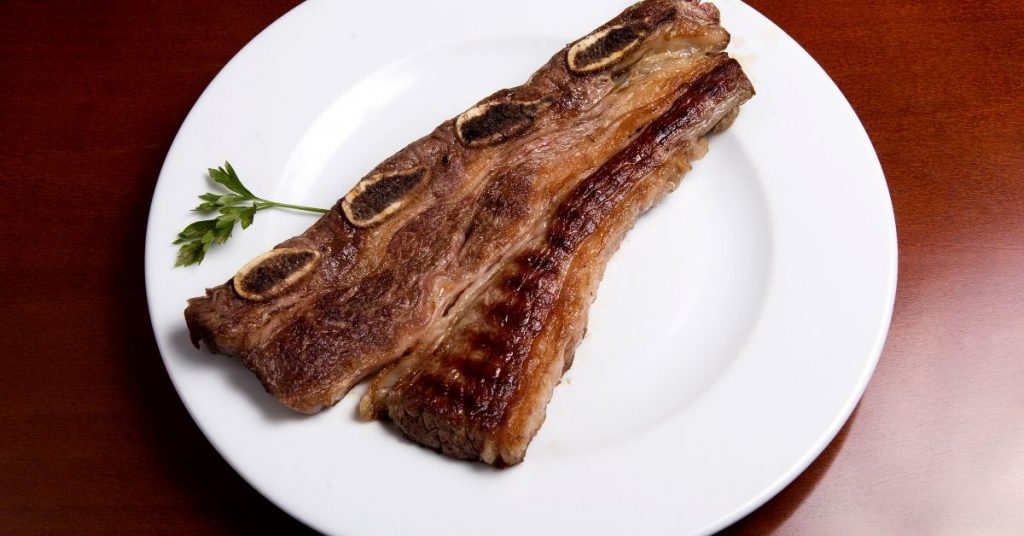
The tira de asado fina is basically a restaurant beef cut. With about 2,5 centimeters, one inch wide, the ribs are grilled fast and easily on a charcoal grill in the center of Buenos Aires or any town in Argentina, even at highway side parrillas. Cooking them on a firm heat 5-7 minutes on the side make tira de asado fina one of the most consumed asado cuts in the country.
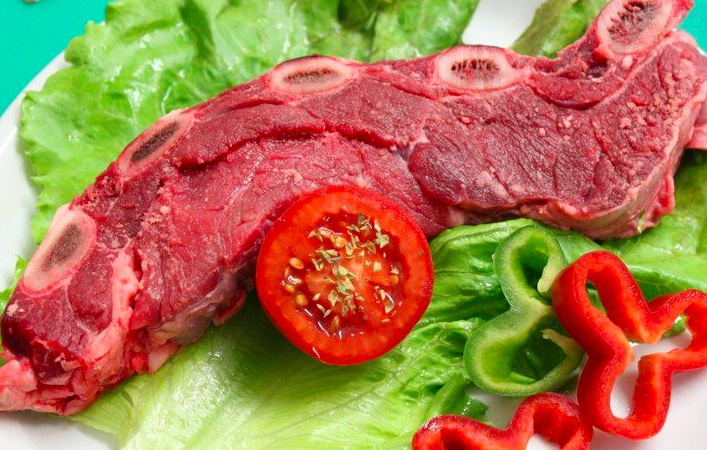
Tira de asado gruesa

The tira de asado gruesa is lot a thicker cut, about 7-8 centimeters wide, 4 inches. Grilling tira de asado gruesa requires more time and patience. For a proper tira de asado gruesa cooking, you’d need to use firewood instead of charcoal, and have enough space to grill with indirect heat. The tira de asado gruesa can be grilled at the “parilla”, the widely known Argentinian grill that uses embers or “al asador”, using live firewood flame and a help from the wind to slowly cook the meat in a more primal way.
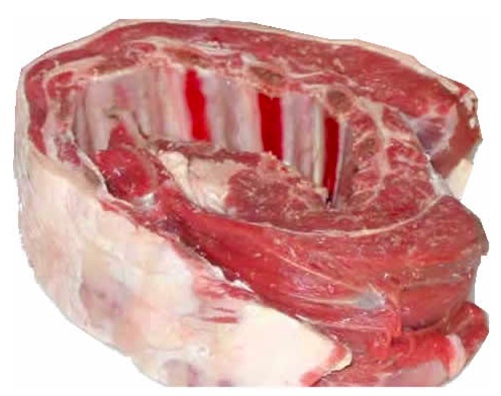
The right way to grill asado
Here we will review what is needed to grill asado the right way. A thick cut asado is not for beginners at the parrilla or asador. You’d need to understand the complex way the bone of the ribs and the fat collaborate in the proper slow cooking of the meat the Argentinian way. And that takes some time…
Tira de Asado a la parrilla, thick cut version, how to grill them:
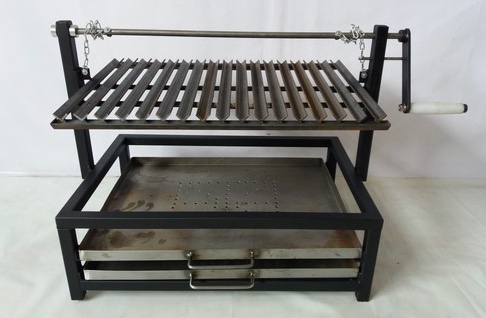
The asado ribs, thick costilla cut (3-4 fingers wide), are a little bit a little bit different than your typical spare ribs that you see outside South America. They are bigger, massive, and require experience and patience. Here are a few useful tips:
- If you’re gonna grill thick cut tira de asado on a charcoal or firewood grill, you would need to know that is a lot better and simpler to use an Argentinian or Uruguayan parrilla, with adjustable grill-charcoal distance. These grills are a little bit different to most US and European grills. You can actually adjust the height of the grill away and closer to the charcoal. The idea is is that once you put the meat on the charcoal, it loses some of its heat. You’d want to raise it up to keep a consistent heat on that on that meat.
- How hot must the parrilla charcoal be: if you can’t hold your hand for sevent to ten seconds it’s too hot, if you can hold your hand for longer than twelve seconds it’s too cold (this is only for the slow grilling of thick tira de asado, other cuts require a stronger heat)
- Witt the asado, you always want to cook it bone down and you want to cook the bone down for the most amount of time. That way the bones really absorb a lot of the heat and starts cooking a lot of that meat in between the bones and all the way through the meat. It’s going to spend about half of its time on the bone side and then we’re going to flip it to the sides into the fat side for about a quarter of its time of the cooking time
- We could have salted the meat before we put it on, but because it goes bone side down, some people prefer to salt it once it is on the other side lying on the grill
- Depending on the altitude and the heat, you might have a total grilling time of between one and two hours. if you grill it only two sides (the most traditional way), 3/4 of the time is on the bone side, and the remainder on the meat side.
Argentina Asado sauce
The typical asado sauces in Argentina, Chimichurri and Salsa Criolla. However, it is key to remember that sauces and seasoning in Argentinian asados are never the stars of the meal. Argentinian Asado is all about the meat, the beef cut must express all its virtue using only a good quality grilling salt.
